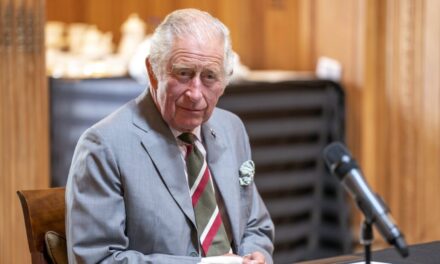In the framework of Hungarian-Croatian international research, led by the Hungarian Research Institute, the genetic origin of the Hunyadi descendants was determined by archeogenomic studies, the institute informed, which also reported that the results were published in the international journal Heliyon.
They had to work in extreme conditions
The antecedents of the research include the fact that the investigations of Hungarian historical ruling houses were developed and launched in 2014 by Miklós Kásler and his colleagues, and from 2019 the Hungarian Research Institute will continue these investigations. In 2020, as minister, Miklós Kásler initiated the archaeogenetic investigation of the Hunyadi House, within the framework of which discussions took place with the bishop of Varasd. Thanks to the successful negotiations, the opening of the grave in Lepoglava could take place as a success in science diplomacy - the Facebook page of the Hungarian Research Institute reminded.
The archaeogenetic investigation of the Hunyadi house was initiated in 2020, after consultation with the bishop of Varasd, and the Lepoglava tomb was opened in Croatia, which is the burial place of the son of Mátyás Hunyadi, János Corvin, and his grandson, Kristóf Corvin. successful DNA isolation was carried out, and radiocarbon dating confirmed the archaeological and historical data, they wrote.
The researchers started the practical implementation of the research in early 2021 in Lepoglava, Croatia. In the Gothic sanctuary of the church dedicated to the Immaculate Conception of the Virgin Mary, in front of the altar, there is the tomb of Mátyás Hunyadi's son János Corvin and his grandson Kristóf Corvin, under the marble cover.
After removing the marble tomb cover, the original XV. 19th century Gothic burial pit was revealed to the researchers, with a late (19th century) reliquary coffin inside, into which the 19th century after an anthropological examination in the 19th century, the remains of bones that had previously rested in the grave were returned to their original place. The location and condition of the small coffin were documented with photographs and drawings, and then the coffin lid with inscriptions, which remained almost completely intact, was removed. It was then that they saw that the coffin contained the bones of two individuals, albeit in a secondary position. The position of the bones was documented, and then anthropological examinations and genetic sampling were carried out on site.
The radiocarbon dating carried out during the research confirmed the archaeological and historical data. Based on the anthropological measurements, the skulls of the individuals were the same as those made by Aurél Török in the 19th century. century with photographs of skulls examined and published.
Corvins have an ancient European genome composition
The age of death estimated by anthropological methods of the two examined individuals can be matched with the known ages of János Corvin and Kristóf Corvin. Based on the morphological characteristics of the skeleton, the adult individual is a male, whose pelvis and lower limb clearly show traces of bone remodeling as a result of the left hip sprain.
The father-son genetic relationship was confirmed by classic STR methods and whole genome data.
The last two male descendants of the Hunyadis were also identified
In the course of the research, the last two male descendants of the Hunyadis were successfully identified. Based on the data described in the publication, the remains of the ancestors of the Hunyadi House became identifiable with archaeogenetic tests.
Researchers from the Hungarian Research Institute, the University of Szeged, the University of Pécs, the Hungarian Institute of Justice, researchers from the Croatian Ministry of Culture and Media, and a researcher from Atlanta's Praxis Genomics LLC participated in the research.
Source: mno.hu/ Institute of Hungarian Research
The full article can be read here
Cover image: The genetic heritage of the Hunya people (Photo: Facebook)













